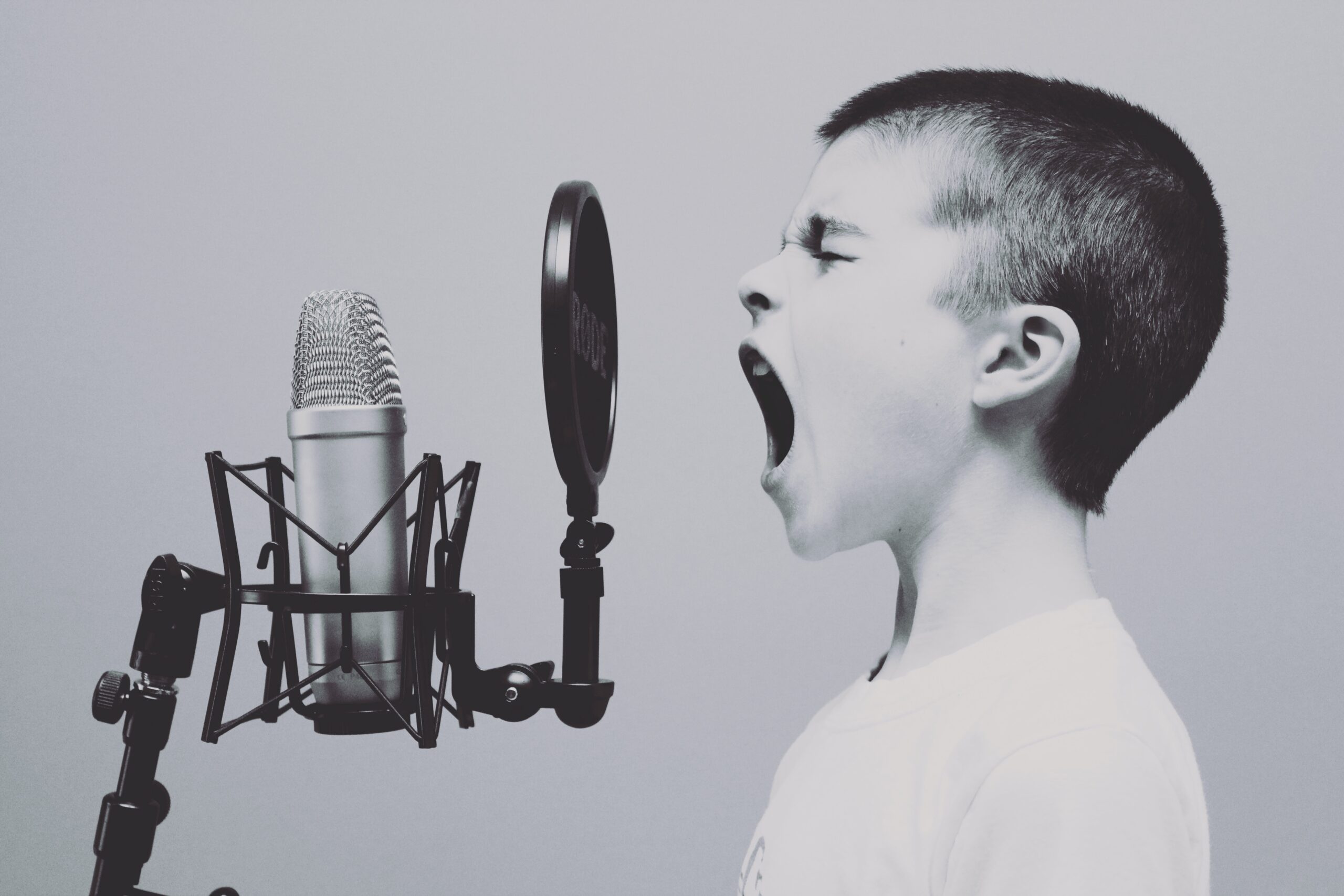Nothing is better than practicing speaking with a well-trained English teacher. But we don’t always have access to one. So how can we practice speaking English without them? Besides the usual “talk to natives” and “find a speaking partner” ideas (which are good), we’re going to look at a few things you can practice speaking English all by yourself.
1. Listen and Repeat
This is the standard method I always use. I’m sure you use it, too, but maybe not in the same ways. I talked about why you should do this while studying last week, so let’s look at how now.

My favorite way to do this is with Anki. I put audios for each word on my flashcards. When I see a card, I say it out loud, and then listen when the card is flipped over, or when it’s a listening card, I hear it and repeat it while thinking of the meaning, then I see the meaning when flipped. Both of these types of cards improve our speaking and pronunciation. And by the way, I also use sentences with audios with the words whenever I can, too!
The gold standard of language learning does great for practicing speaking English. Rosetta Stone has speaking as a core activity, and it does it really well. It doesn’t always hear the way I do, I feel, but it pushes me to speak accurately and fluently. They also have something called “Audio Companion”. This is great because you can listen and repeat lots of useful words, phrases, sentences, and dialogues on the go. I put it on every time I bike, and practice speaking whenever it pauses for me.

Another way to do this, which we’ve probably all tried before, is to listen and repeat things from podcasts, videos, movies, and audiobooks. These are great resources for getting native voices to mimic, although I would be careful about audiobooks because reading can sound unnatural sometimes. Those are best to practice your “reading voice”. 😂

2. Record and Listen
You won’t like me for this one, but it can help in a few ways to practice speaking English. It’s very simple: talk to your phone, then listen to what you said. It’s a bit uncomfortable at first, but you eventually get used to it.
Doing this can help us find out what we actually sound like, not what we think we sound like. If we record ourselves talking for a long time, we’ll hear some of the strange things we say without realizing it. If you need ideas of what to talk about, you can keep a spoken journal where you talk about everything that happened that day and how you felt, or you can look up question lists and try to share your opinions on them.

It’s not as good as a teacher for fixing pronunciation problems, but it can help to compare what you sound like to native audio, like from Forvo. It should work really well at pointing out your intonation difficulties and big pronunciation problems.
If we do this for a long time, over a period of months or years, we’re able to go back to our old recordings and see what progress we’ve made, too, which is a great added bonus to keep us motivated!
3. Speech to Text (STT) and Text to Speech (TTS)
Here is some technology that is available for all that we aren’t using enough to practice speaking English. And it’s so easy and free!
This is how it works: (1) Open any kind of STT on your phone/computer, (2) Talk, (3) Read what it thinks you said. It’s that simple. What’s cool about this is that the computer isn’t a human that is polite and pretends like it understands you. If you say something wrong, it will almost always write it wrong.

It’s important here to point out that you shouldn’t be using a system that comes from your native language. When I was in China, my students had me use some STT on their phones to see what my “pronunciation score” would be, but it gave them better scores than me! That’s because the app was developed by Chinese using non-native speakers, and it preferred their pronunciation when turning voice into words. That’s great for a business in China, but not great for learners that want to improve their pronunciation.
TTS is also good for practicing speaking English when you have something to read. If you have a document, an online article, or a book that you want to use to practice speaking, you can use something like Speechify to read it for you out loud. First, you should try reading a sentence yourself, then listen to it read a sentence. Practice if you made any mistakes. Then repeat with the next sentence.

This is a great method to use with an AI chatbot that you can talk to. I’ve heard of them, but I struggle to find them. If you can find one that listens and responds in English, please let me know!
Again, it’s not as good as a well-trained English teacher, but it’s great if you don’t have a teacher in your pocket.
For now, those are some methods we should be using more often to practice our speaking when we don’t have natives around. You can practice speaking English even without a practice buddy this way!

